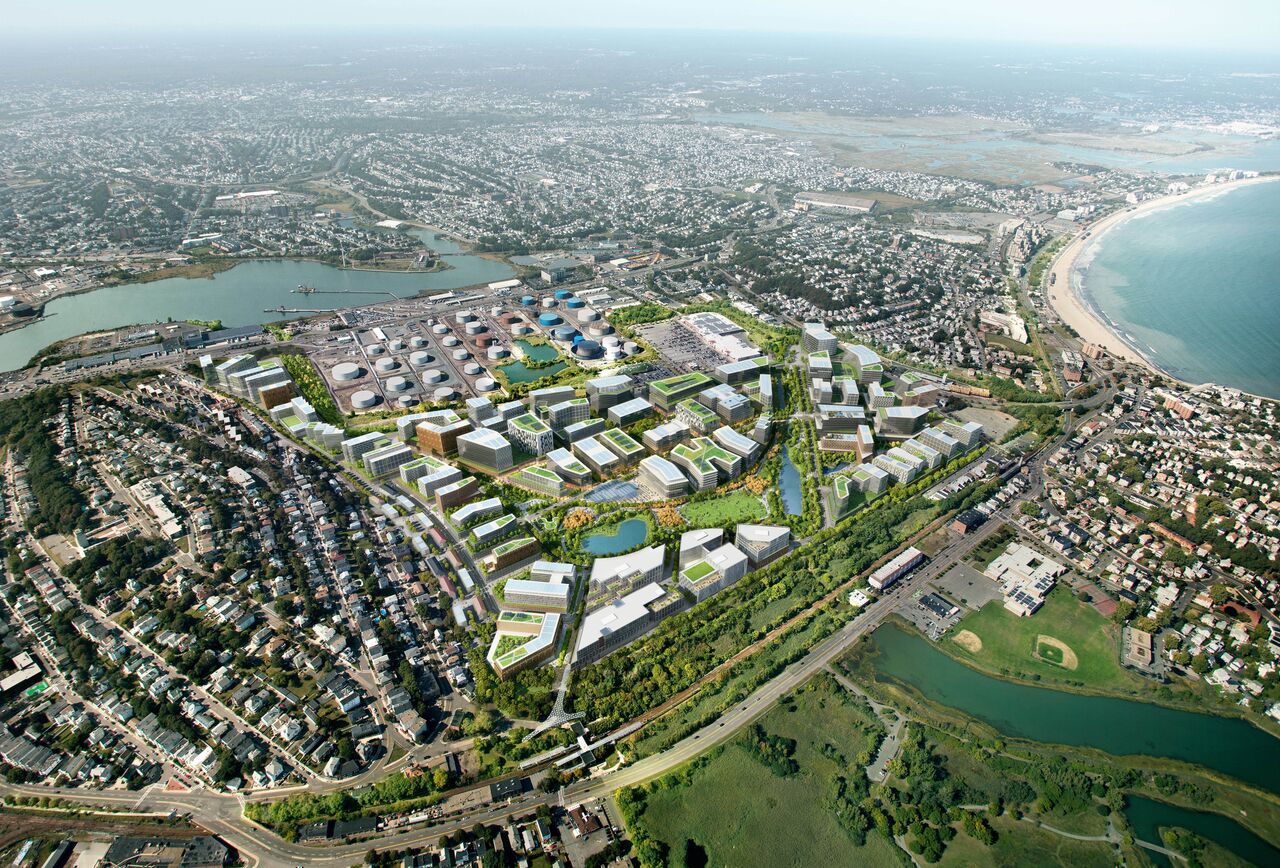whighlander
Senior Member
- Joined
- Aug 14, 2006
- Messages
- 7,812
- Reaction score
- 647
Kent -- you have absolutely no way to support the last statementThe legitimate concerns are outlined in this article.

Bernie Sanders weighed in on a debate over Suffolk Downs. Here's why he received a mixed response.
Sen. Bernie Sanders is speaking out against the Suffolk Downs redevelopment project — and receiving a mixed response from local officials. As his 2020 presidential campaign dials in on Massachusetts […]www.boston.com
And I'm going to have to agree with him. The term "affordable" is very loose. Yes its affordable to some, those that make 75% of Boston's median income. However, current residents of East Boston, especially those who are minorities and make up the largest portion of current residents make an annual income typically 30-40% of Boston's median income.
It's clear that this development serves to benefit only newcomers but does not convey any benefits to the existing resident and that in itself is a legitimate concern.
There are plenty of people already living in Boston who could be able to live in the new development -- including probably quite a few already living in East Boston since to get your "largest portion of current residents make an annual income typically 30-40% " there have to be some significant % making 50% and some making 65% and even a few probably making 110%]
and of course the draw could be from Dorchester, West Roxbury, the North End, etc. --- Since when did East Boston have an identity independent of the other 600,000 or so Bostonians.
Sorry with the kind of static analysis which you state [based on probably worse pseudo analysis by the staff of Senator Sanders] the Back Bay would never have been filled
of course we know that the majority of the people who occupied the new houses in the Back Bay moved from the formerly Uber South End -- making those houses available for others

